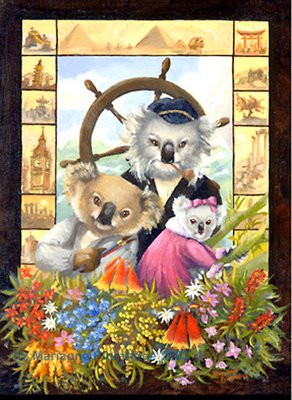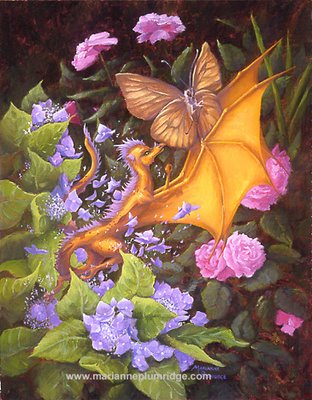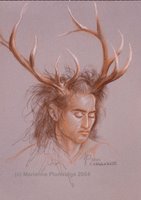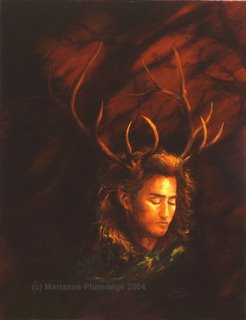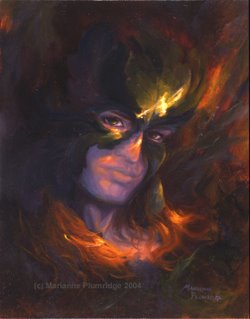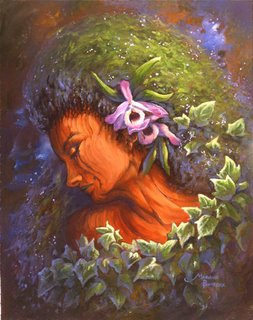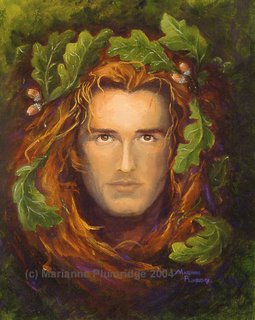Keith Plumridge...a celebration of a life.
 Last night, a light winked out in my universe. On Christmas night in Australia, my Uncle Keith Plumridge slipped quietly away. His wife and children surrounded him and gave of their love and strength. Six years ago he was diagnosed with a virulent form of bone cancer and given three years to live. He had those and three extra years to see his boys married, gaining daughters in the process, and grandchildren born. Each day of that time was a gift and he greeted it accordingly – with gusto and laughter. Even the bad days he was thankful for.
Last night, a light winked out in my universe. On Christmas night in Australia, my Uncle Keith Plumridge slipped quietly away. His wife and children surrounded him and gave of their love and strength. Six years ago he was diagnosed with a virulent form of bone cancer and given three years to live. He had those and three extra years to see his boys married, gaining daughters in the process, and grandchildren born. Each day of that time was a gift and he greeted it accordingly – with gusto and laughter. Even the bad days he was thankful for.
Cheeky larrikin, adventurer, storyteller, loving husband, father and father-in-law, brilliantly doting grandfather, mate, pal, buddy, brother, brother-in-law, brother-in-arms, and friend. To those he loved, and who loved him, he was all of the above. And so much more.
Keith appears in many good memories from my earliest years. He was still young enough then to be a playmate to a clingy toddler and suffer all manner of being climbed all over by his niece and nephew. He reckoned we made great aeroplanes when he swung us around or hurled us aloft, accompanied by the prerequisite squeals and giggles.
Our Keith joined the Royal Australian Navy (RAN) when he was approximately fifteen years old, at a time when a Naval forces apprenticeship ran to twelve years of service. He signed up in 1965, or there-abouts, and began to see something of the world. He sent lovely presents home for the family, from exotic places like Hawaii and Suva. I still remember the Christmas that my brother and I received identical transistor radios with our names engraved on them, that had traveled all over the Pacific in his shipboard footlocker, or the blue brocade Chinese jammies that I wore out before their time. Life wasn’t all a bed of roses though, as Keith’s time in the Navy encompassed the turbulent years of the Vietnam War, and he saw combat in those waters. What disturbed him more though was the fatal collision of Australian Naval ship HMAS Melbourne and the American Naval ship USS Frank. E. Evans while on a SEATO exercise in the South China Sea in 1969, when he was a Petty Officer. The ship he was serving on was the first on the scene and the resultant horrors haunted him for some years afterward.
In spite of the resulting trauma, Keith loved the camaraderie of his Naval years and missed them when he eventually left the RAN. He later found new brotherhood in the ranks of the Masonic Lodge. He told me only a year or so ago how much that meant to him.
Once when I was about four or five years old, I remember pestering Keith and giggling a lot while he was trying to hold a conversation with my parents in our living room. Without a mis-step in his conversation, he promptly threw me face down across his knee, hauled out a big black marker and drew a cartoon on my back. Mum reckons it took at least two weeks for it to wear off – with much scrubbing. When I reminded him of this last year, he laughed. He swore it was probably Donald Duck or Mickey Mouse he drew that day, because he was drawing them a lot back then.
Keith’s early 1970s wedding to his beloved Donna was the fairytale of my childhood. It was such a wonderful day, and I remember so well of feeling like a fairy princess in my white eyeleted lace, empire-style dress with the black velvet sash, as I preceded Donna and the other bridesmaids down the isle. I still remember so much of that day – and of the joy.
One of the best memories I have of Keith happened during my own years in the Military. For the last 100 years, one or another of each generation of Plumridges has served in the armed forces: through two world wars, and intervening conflicts. Keith carried the torch in his generation, and I was the first to take it up in mine by joining the Royal Australian Air Force (RAAF) in 1982. His boys followed suit in joining not only the RAAF and the Royal Australian Army, but the Australian Police Force too. At my 21st birthday party up country in NSW, I had invited quite a few friends from the Air Force Base at Williamtown. While the party itself wasn’t the most successful of events, there was an oasis in it that I regret not partaking of. Late in the evening, my Uncle Keith was seated in amongst half a dozen of my male friends and was telling them stories. That little group didn’t move until dawn. He regaled them with tales from his Navy years and I heard laughter ring out more often than not. Later, the boys told me how wonderful they thought he was. I think he drank them under the table too, but of that I can’t be sure. These Navy swabbies always reckon they can outdrink the RAAFies.
In more recent years, my dad told me of the time that Keith took Donna and the three boys to visit his old ship, the Destroyer HMAS Vampire, when it was finally mothballed for good and turned into an exhibit at the Australian Maritime Museum in Darling Harbour, Sydney. Keith and family joined a tour of the old girl, and Keith was getting frustrated as the tour-guide got facts about the ship inadvertently incorrect. The guide ceded the floor and Keith gave his family, the guide, and the group the tour of their lives. He took them down many places that were not on the tour and told them operational details as well as many, many anecdotes. Like I said, Keith was a storyteller - a brilliant one. And I don’t think he’d enjoyed himself so much in ages, as he did that day.
So, Keith-ee, thank you for the stories, the love, and the memories: they’ll last a lifetime for all of us.
With love from Eric, Margaret, Andrew, and Mandy…
…and especially me,
The Brat.


